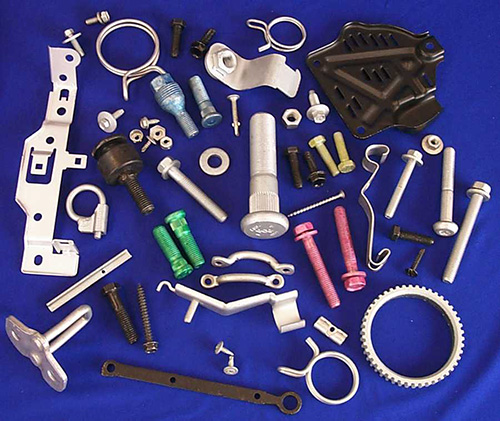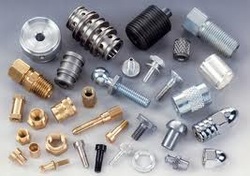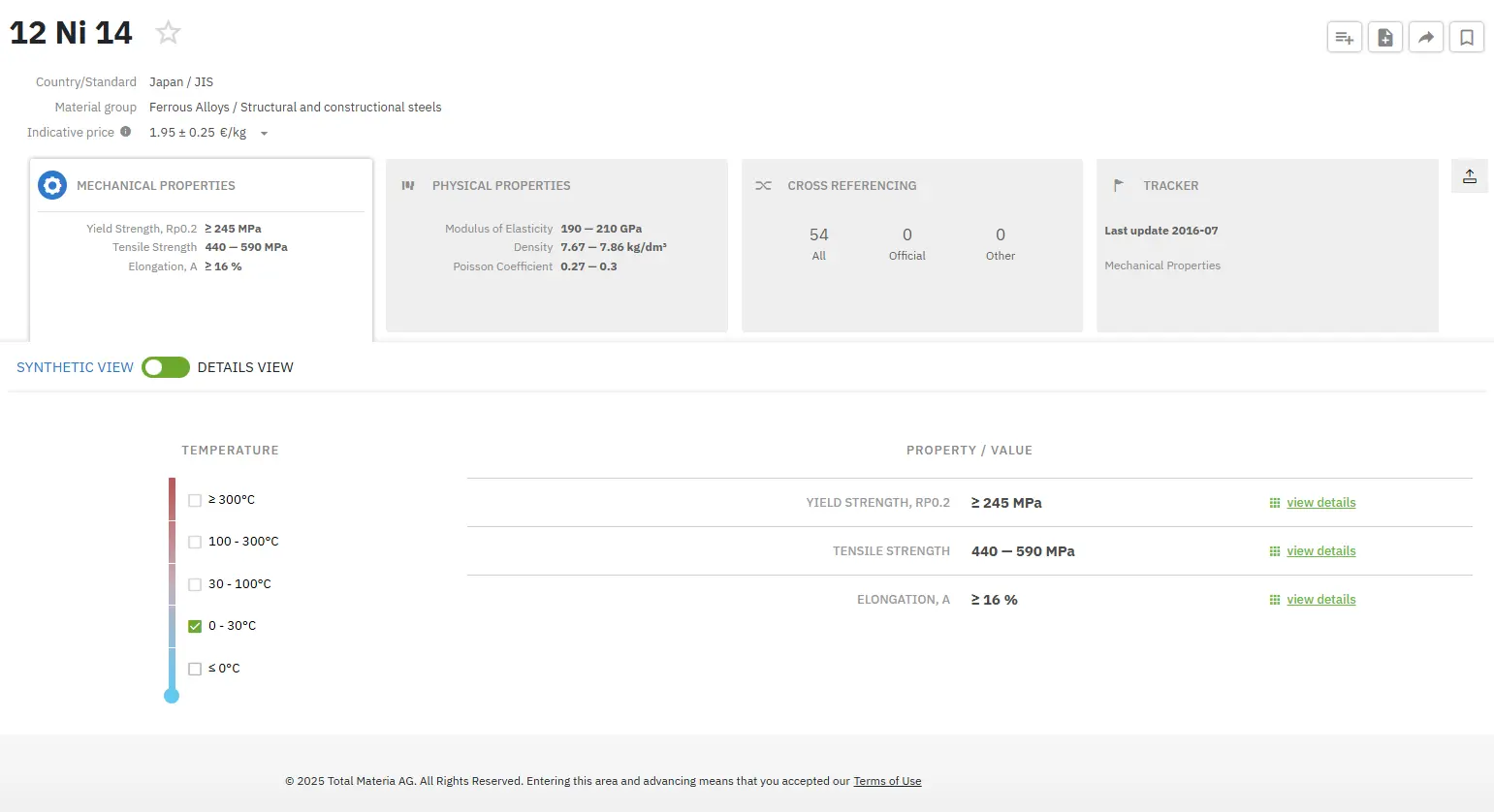Metal Coating
Abstract
Metal coatings can be varied in nature, including metallic or non-metallic; organic or inorganic; solid, liquid or gas but all serve to protect the substrate from oxidizers and solvents which jeopardize the integrity of the substrate material.
Zinc and Aluminum metal coatings are just two effective coating examples providing protection from oxidation and other atmospheric corrosion forces.
A coating is a covering that can be applied to the surface of an object or more accurately defined, the substrate. The purpose of application of coating is the value enhancement of the substrate by improving its appearance, corrosion resistance properties, wear resistance, etc. The coating process involves the application of a thin film of functional material to a substrate. The functional material may be metallic or non-metallic; organic or inorganic; solid, liquid or gas and these categories effectively form the criteria of classification of coatings.
Many new materials have been developed, but steel remains the principal construction material for automobiles, appliances, and industrial machinery. Because of steel's vulnerability to attack by aggressive chemical environments or even from simple atmospheric oxidation, metal coating is necessary to provide various degrees of protection, ranging from hot-dipped and electroplated processing to tough polymers and flame-sprayed ceramics. In general, corrosive environments contain more than one active material, and the coating must resist penetration by a combination of oxidizers, solvents, or both. Thus, the best barrier is one that resists "broadband" corrosion.
Integrity of the Metal Coating in Use
Physical integrity of the metal coating is as important as its chemical barrier properties in many applications. For instance, metal coating on impellers that mix abrasive slurries can be abraded quickly; coatings on pipe joints will cold-flow away from a loaded area if the creep rate is not low; and metal coating on flanges and support brackets can be chipped or penetrated during assembly if impact strength is inadequate. Selecting the best metal coating for an application requires evaluating all effects of the specific environment, including thermal and mechanical conditions.
Zinc Metal Coating
One of the most common and inexpensive protection methods for steel is provided by metal coating with zinc. Zinc-coated, or galvanized, steel is produced by various hot-dipping techniques, but more steel companies today are moving into electrogalvanizing so they can provide both. Zinc works as a barrier metal coating and as a sacrificial metal coating to prevent oxidation. If the zinc coating is scratched or penetrated, it continues to provide protection by galvanic action until the zinc layer is depleted. This sacrificial action also prevents corrosion around punched holes and at cut edges.
The grades of zinc-coated steel commercialized in recent years have been designed to overcome the drawbacks of traditional galvanized steel, which has been difficult to weld and to paint to a smooth finish. The newer metal coatings are intended specifically for stamped automotive components, which are usually joined by spot welding and which require a smooth, Class A painted finish.
Aluminum Metal Coating
Two types of aluminum-coated steel are produced, each for a different kind of corrosion protection. Type 1 has a hot-dipped aluminum-silicon metal coating to provide resistance to both heat and corrosion. Type 2 has a hot-dipped metal coating of commercially pure aluminum, which provides excellent durability and protection from atmospheric corrosion.
Type 1 aluminum-coated steel resists heat scaling to 677°C (1,250°F) and has excellent heat reflectivity to 900°F. Nominal aluminum-alloy coating is about 1 millimeter on each side. The sheet is supplied with a soft, satiny finish. Typical applications include reflectors and housings for industrial heater panels, interior panels and heat exchangers for residential furnaces, microwave ovens, automobile and truck muffler systems, heat shields for catalytic converters, and pollution-control equipment.
Type 2 aluminized steel, with an aluminum coating of about 1.5 millimeter on each side, resists atmospheric corrosion and is claimed to outlast zinc-coated sheet in industrial environments by as much as five to one. Typical applications are industrial and commercial roofing and siding, drying ovens, silo roofs, and housings for outdoor lighting fixtures and air conditioners.
Figure 1 shows different metal coating products.


Figure 1: Metal coating products
Find Instantly Precise Material Properties!
Total Materia Horizon contains mechanical and physical properties for hundreds of thousands of materials, for different temperatures, conditions and heat treatments, and much more.

Get a FREE test account at Total Materia Horizon and join a community of over 500,000 users from more than 120 countries.